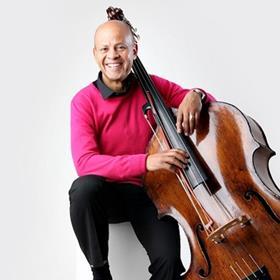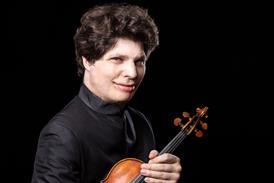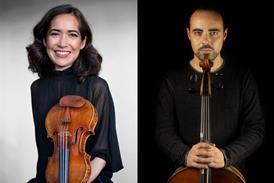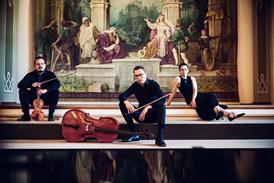Three musicians share their ideas, developed from years of teaching experience

Lynn Harrell, cellist
Get to know the students as people so you can understand more of what their likes and dislikes are away from music, so that you get to know the personality more. Then you can have a better insight into what is aesthetically, emotionally more natural to them and where their inhibitions, nervousness and lack of self esteem are hindering them. Then, like a good friend or psychiatrist, help them with their developments. Knowing about these things helps a great deal, I think.
François Rabbath, double bassist

You have the responsibility to let [your student] grow up and develop himself. You don’t have the right to destroy that. You cannot earn your money by destroying someone. If you are a professor, you have to think about your student. When a baby is learning to walk, if he falls down you don’t hit him. So when your student plays an instrument and falls down, why would you say, ‘Now’ [thump]. He’s like a baby. You must hold him; you must help him to grow up. Show him how.

Leon Bosch, double bassist
There are four parts to learning a piece with respect and understanding. The first is to play all the notes in tune and metronomically. Secondly, be clear about what you are trying to do: are the notes long or short, loud or soft? If something is marked piano, what kind of piano? If there is a dot, what sort of dot? Nothing is absolute. The third stage is phrasing: every note has to have purpose, to be going somewhere and coming from somewhere. What is the length of the phrase; what are the cadences? Once you have understood that, you can create solutions using bowings, fingerings and other musical elements according to what the music demands. The final stage is to add your own vision.



































No comments yet